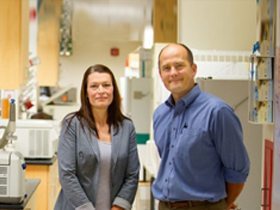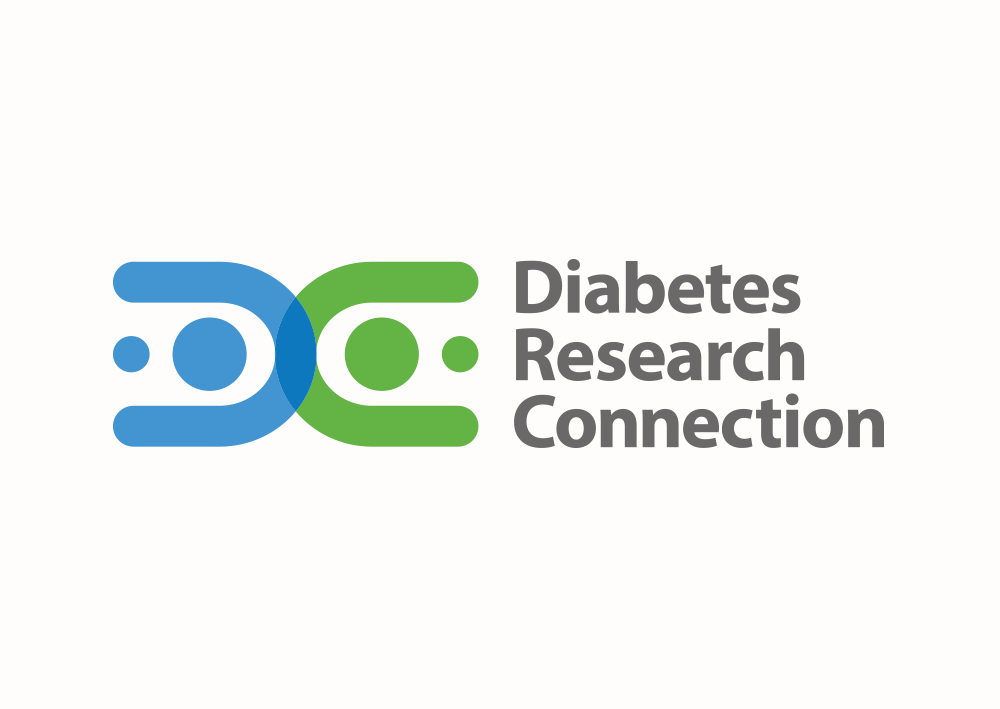Month: September 2015
-

Drug Prevents Type 1 Diabetes In Mice
A compound that blocks the synthesis of hyaluronan, a substance generally found in in all body tissue, protected mice from getting type 1 diabetes.
-

Peer-Reviewed, Innovative Type 1 Diabetes Research Being Done By Promising New Scientists
Early-career scientists are often the source of radical new ideas but have difficulty finding money to support them, forcing many to leave the field of diabetes research.
-

DRC Aiding Research By Early-Career Diabetes Scientists
The Diabetes Research Connection (DRC) has created a platform, which connects donors directly with early-career scientists, enabling them to perform research designed to prevent and cure Type 1 diabetes…
